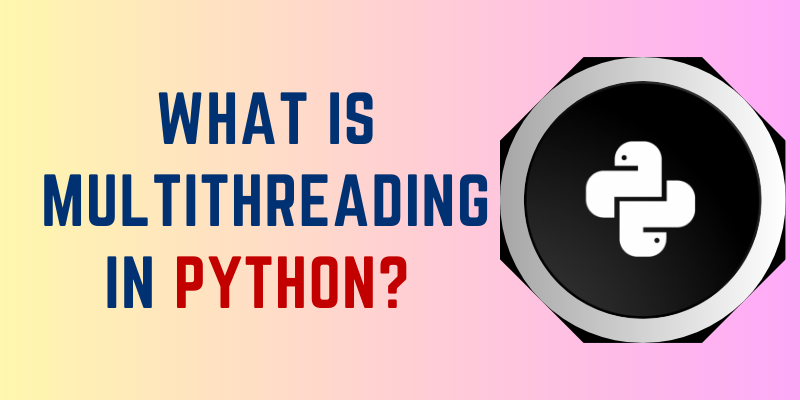
Multithreading is a programming method that allows a program to accomplish numerous tasks at the same time within the same process. Multithreading is a popular way in Python to achieve parallelism, allowing developers to fully utilize multi-core CPUs and enhance the overall efficiency of their applications. This blog will examine multithreading in Python, its benefits, implementation, and best practices for making the most of this powerful paradigm. If you want to learn Python, you can enroll in Python Training in Coimbatore at FITA Academy, where our expert trainers and hands-on approach ensure you gain practical knowledge and real-world experience in Python programming.
Understanding Threads and Concurrency
A thread is a row of instructions that can be performed independently in programming. Concurrency refers to a system’s capacity to do numerous activities seemingly concurrently. Multithreading allows for developing and administering numerous threads, each running its own set of instructions simultaneously.
The Global Interpreter Lock (GIL) in Python
Before getting into Python multithreading, it’s critical to understand the Global Interpreter Lock (GIL). The GIL is a mechanism in the CPython interpreter (the standard and most generally used Python implementation) that ensures that only one thread executes Python bytecode simultaneously. This means that, by default, Python threads do not fully utilize multi-core processors for CPU-bound operations. Joining the Python Course In Madurai will help you become a successful programmer.
Multithreading vs. Multiprocessing
While multithreading allows for the concurrent execution of numerous activities, there may be better choices for CPU-intensive operations due to the GIL limitation. Python has a multiprocessing module for CPU-bound activities. It allows you to establish separate processes with its own Python interpreter and memory space, effectively circumventing the GIL and achieving complete parallelism on multi-core CPUs.
The Threading Module in Python
Python’s built-in ‘threading’ module allows you to create and manage threads. It provides a high-level interface for performing with threads, making the process easier for developers. Subclassing the ‘Thread’ class and overriding the ‘run()’ method or specifying a target function to the constructor is required to create a thread. FITA Academy is the best place to get Python Training In Hyderabad with live projects and placement guidance.
Benefits of Multithreading in Python
While the GIL limits true thread parallelism for CPU-bound operations, multithreading still provides considerable benefits, especially for I/O-bound tasks. When dealing with I/O operations such as network requests or file handling, threads can do tasks concurrently while waiting for external resources, effectively utilizing CPU resources during idle times.
Thread Synchronization
Threads can access shared resources concurrently in multithreaded settings, resulting in race situations and data inconsistencies. Locks, Semaphores, Conditions, and Event objects are synchronization primitives provided by Python to govern access to shared resources and avoid thread conflicts. Register in Python Training In Cochin to understand the Python program with 100% placement.
Avoiding Common Pitfalls
Multithreading offers new obstacles that developers must be aware of to avoid problems. Deadlocks, in which two or more threads get stuck waiting for each other to release a lock, and thread starvation, in which specific threads cannot access shared resources due to other threads controlling them, are examples of these issues. Understanding these risks helps develop more robust and dependable multithreaded applications.
Use Cases for Multithreading
Multithreading is ideal for applications that do numerous I/O-bound actions simultaneously, such as web scraping, file downloading, or managing multiple network connections. Developers can dramatically increase the responsiveness and efficiency of such programmes by exploiting multithreading. To learn more about Python tools, you can apply to the Python Course In Pondicherry, which will help you comprehend the oops concept of Python, operators and many other core concepts.
